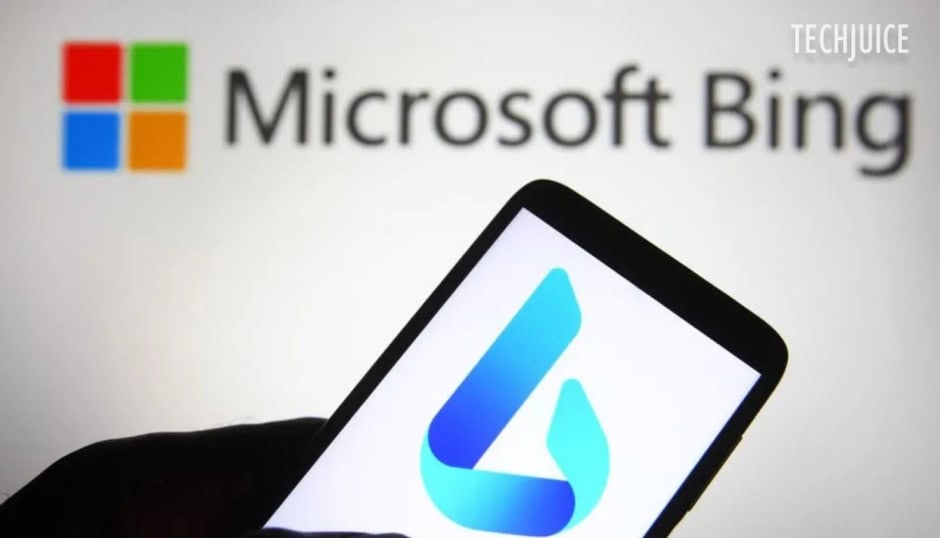Microsoft has announced plans to roll back its recent update to the Bing Image Creator, after facing significant backlash from users. The update used a newer version of OpenAI’s DALL-E 3 model, code-named PR16, promising faster image generation and improved quality. However, users quickly reported that the upgrade led to a noticeable decline in image quality, with many complaining about lifeless, cartoonish visuals and a lack of detail compared to the previous model.
One Reddit user expressed their disappointment by saying, “The DALL-E we used to love is gone forever,” while another lamented, “I’m using ChatGPT now because Bing has become useless for me.” The primary issue cited was that PR16-generated images appeared less realistic and lacked the polish that the previous model, DALL-E 3 PR13, provided.
Jordi Ribas, Microsoft’s head of search, has addressed several concerns raised by users on social media, revealing that the company had been able to reproduce some of the reported problems. Consequently, Microsoft found it necessary to return to the older iteration of DALL-E 3 (PR13), while the company is working to address specific issues with the most recent version. Ribas emphasized that the process would take several weeks to complete.
Thanks again for the feedback and patience. We’ve been able to repro some of the issues reported and plan to revert to PR13 until we can fix them. All Pro users and about 25% of the requests using boosts are now on PR13. The deployment process is very slow unfortunately. It…
— Jordi Ribas (@JordiRib1) January 8, 2025
The decision to roll back the update highlights the complexities involved in adjusting the AI model to meet user expectations. Consequently, although internal comparisons indicated that PR16 outperformed its predecessor, user feedback was largely unfavorable, leading to widespread disappointment expressed on social media platforms.
This incident is reminiscent of similar issues faced by other tech giants. In early 2024, Google paused the image generation feature of this bot in response to users’ unsettling historical data. It provides AI developers with uncertainties about the real effects of the swift characteristics of the models, highlighting the challenge of measuring internal assessments against external views.












